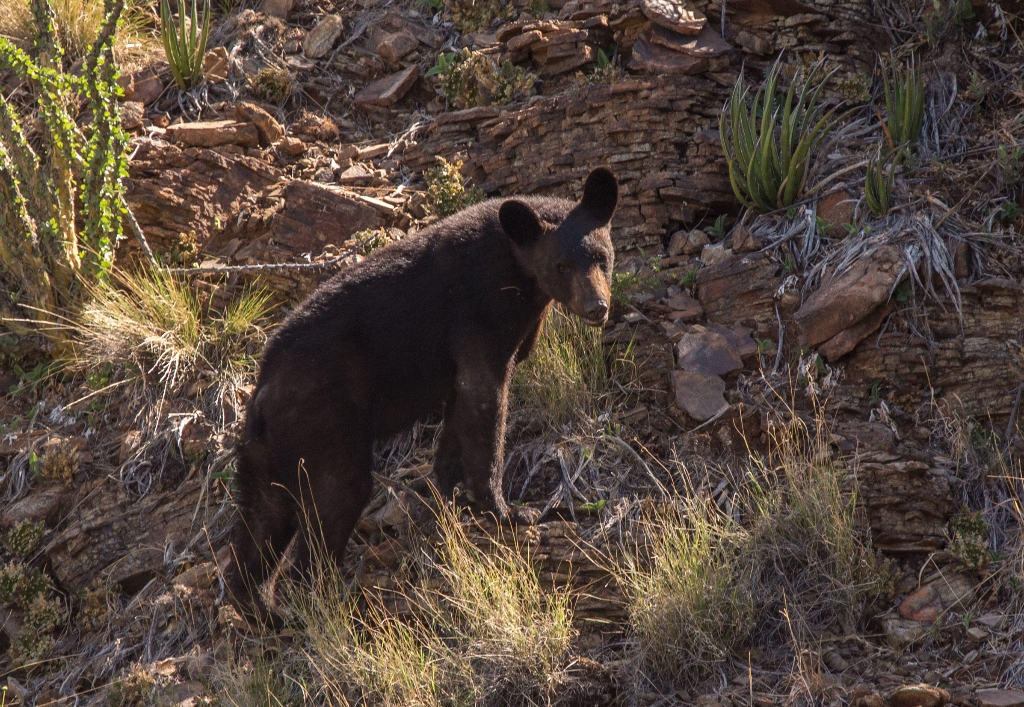
In the early 1900s, black bears were common in the Chisos Mountains. By the time the national park was established in 1944, there were virtually no resident bears left. Shooting and trapping by ranchers, federal predator control agents, recreational hunters, and loss of habitat contributed to their decline. Individual bears occasionally wandered in and out of the park from Mexico, but only scattered sightings were reported from the 1940s through the 1980s. In the late 1980s visitors began seeing bears in increasing numbers, and in 1988 a visitor photographed a female with three young cubs in the Chisos Mountains. Observations increased in the 1990s, and in 1996 visitors reported 572 sightings in one year! Today, visitors regularly observe bears throughout the Chisos Mountains, and sometimes even in the desert areas of the park. The recolonization of the black bears in Big Bend is truly a remarkable natural event.
Is there something we missed for this itinerary?
Itineraries across USA

Acadia

Arches National Park

Badlands

Big Bend

Biscayne

Black Canyon Of The Gunnison

Bryce Canyon

Canyonlands

Capitol Reef

Carlsbad Caverns

Channel Islands

Congaree

Crater Lake

Cuyahoga Valley

Death Valley

Dry Tortugas

Everglades

Gateway Arch

Glacier

Grand Canyon

Grand Teton

Great Basin

Great Smoky Mountains

Guadalupe Mountains

Haleakalā

Hawaiʻi Volcanoes

Hot Springs

Indiana Dunes

Isle Royale

Joshua Tree

Kenai Fjords

Kobuk Valley

Lassen Volcanic

Mammoth Cave

Mesa Verde

Mount Rainier

North Cascades

Olympic

Petrified Forest

Pinnacles

Rocky Mountain

Saguaro

Shenandoah

Theodore Roosevelt

Virgin Islands

Voyageurs

White Sands

Wind Cave

Yellowstone

Yosemite

Zion